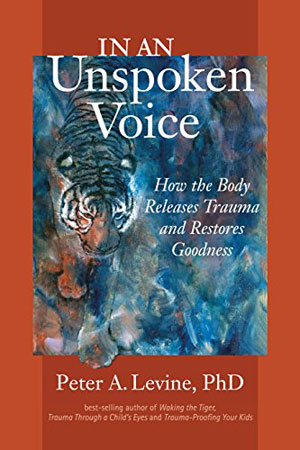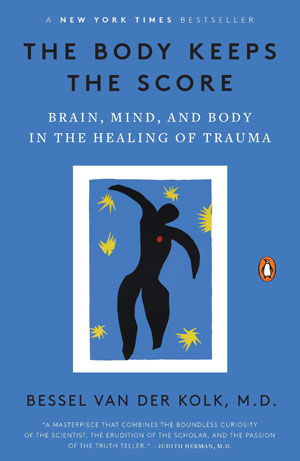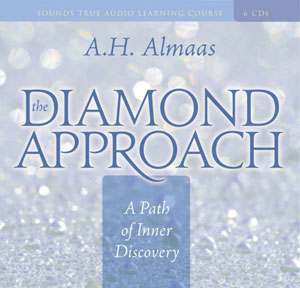Here are some books I’m excited about
and how they relate to Esalen® massage.
Jeffrey Kripal. Esalen: America and the Religion of No Religion.
This is the most thorough history of Esalen that I know of. Kripal is a religious studies professor at Rice University. He got his Ph.D. at the University of Chicago Divinity School, which I attended also (though I got only a M.A. there), and his book was published by the University of Chicago press.
I am a student of the history of how Asian religions made their way into mainstream American religious thought. I studied to be a Unitarian minister and in the process earned a Doctor of Ministry degree from a Unitarian seminary, Meadville/Lombard Theological School in Chicago. My thesis was on the history of east/west synthesis among 19th century Unitarians. Ralph Waldo Emerson started out his career as a Unitarian minister and went on to found the Transcendentalist movement in 19th century Boston. The first copy of the Bhagavad Gita in English translation ever to arrive in America came directly to Emerson in 1845 and he shared it among his Transcendentalist circle. They loved the Bhagavad Gita, regarded it as a religious classic its own right, and became the first Americans to advance the idea that Indian religious thought had something important and valuable to offer Americans. This was the beginning of a phenomenon that has continued to grow.
Over one hundred years after Emerson and the Transcendentalists started to study Indian religions another inflection point in the history of east/west synthesis occurred when the Esalen Institute was founded in 1962. That’s where Jeffrey Kripal picks up the story in his Esalen: America and the Religion of No Religion.
Kripal’s book is a satisfying romp through the history of the human potential movement of the 1960s and how so much of the thought of those times found expression at the Esalen Institute. There are chapters on the hugely influential psychologists Fritz Perls and Abraham Maslow, and their teachings at the Esalen Institute. The influence of various Indian and Buddhist teachers on Esalen founders Michael Murphy and Dick Price is described. Kripal refers to Esalen® massage as “all-body contemplative massage” and “meditative massage” and calls it “the central body practice of Esalen.” Throughout, the theme of sensory awareness of the body as a vehicle of realization is never very far away.
Peter Levine, In an Unspoken Voice
Bessel Van Der Kolk, The Body Keeps the Score
How emotions manifest in the body has a long and colorful history in psychology. Peter Levine and Bessel Van Der Kolk are both contemporary thought-leaders in the study and treatment of trauma. Levine and Van Der Kolk, incidentally, conduct ongoing seminars at the Esalen Institute on trauma. Both contribute to our understanding of how emotions manifest in the body.
Peter Levine created a modality for helping relieve the systems of post-traumatic stress disorder called Somatic Experiencing (“SE”). SE includes helping the client focus on perceived body sensations. It is a technique to help the client back away from the high arousal of the autonomic nervous system to a regulated state.
Van Der Kolk’s The Body Keeps the Score is a helpful resource in understanding the current field of recovery from trauma. Under the heading “Befriending the body,” Van Der Kolk writes, “How can people open up to and explore their internal world of sensations and emotions? In my practice I begin the process by helping my patients to first notice and then describe the feelings in their bodies –not emotions such as anger or anxiety fear but the physical sensations beneath the emotions: Pressure, heat, muscular tension, tingling, caving in, feeling hollow, and so on. I also work on identifying the sensations associated with relaxation or pleasure. I help them become aware of their breath, their gestures and movements. I ask them to pay attention to subtle shifts in their bodies, such as tightness in their chests or gnawing in their bellies, when they talk about negative events that they claim did not bother them” (p. 101). This passage is an example of how cultivating one’s ability to experience sensory awareness can be an aid in recovering from trauma.
Courses are regularly offered by Esalen Institute massage school staff on how Esalen® massage can contribute to recovery from trauma. The long, slow strokes of Esalen® massage can serve to bring the sympathetic nervous system out of “fight or flight” arousal and invite clients to return to their bodies.
A.H. Almaas, Diamond Heart Book One
A.H. Almaas, Diamond Approach (Sounds True audio series – Interview with Tami Simons)
I have been a student of the Diamond Approach since 2005. The founder of the Diamond Approach is Hameed Ali, who writes under the pen name A.H. Almaas. I refer here to two of his works: First, book one of the Diamond Heart Series, and second, an audio recording of some six hours of interviews between Hameed Ali and Tami Simons from the Sounds True audio series.
The reason I include the works of Hameed Ali in this list is that the Diamond Approach represents an elegant and effective synthesis of eastern religions and modern psychology. The teachings of the Diamond Approach place great emphasis on sensory awareness of the body. Mindfulness of the body, the emotions, and the emotions as they manifest in the body, are seen as an important avenue of spiritual realization. Incidentally, Hameed Ali himself studied Reichian bodywork as he was developing the teachings of the Diamond Approach.
One of the central practices of the Diamond Approach is called “inquiry.” One inquires into various bodily, emotional, and spiritual states and tries to understand them and see what lies beneath them and arises from them.
As a student of the Diamond Approach, I personally feel led to investigate massage, both giving and receiving, as an avenue of inquiry. I have found Esalen® massage to be a helpful container for my inquiry because the philosophy and practice of Esalen® massage are so parallel to and supportive of the teachings of the Diamond Approach.
Investigating the Esalen Institute’s history and philosophy, the works of contemporary researchers on trauma, and the teachings of the Diamond Approach serve to illuminate different aspects of how keen attention paid to sensory awareness of the body can be an avenue to spiritual growth and realization.






